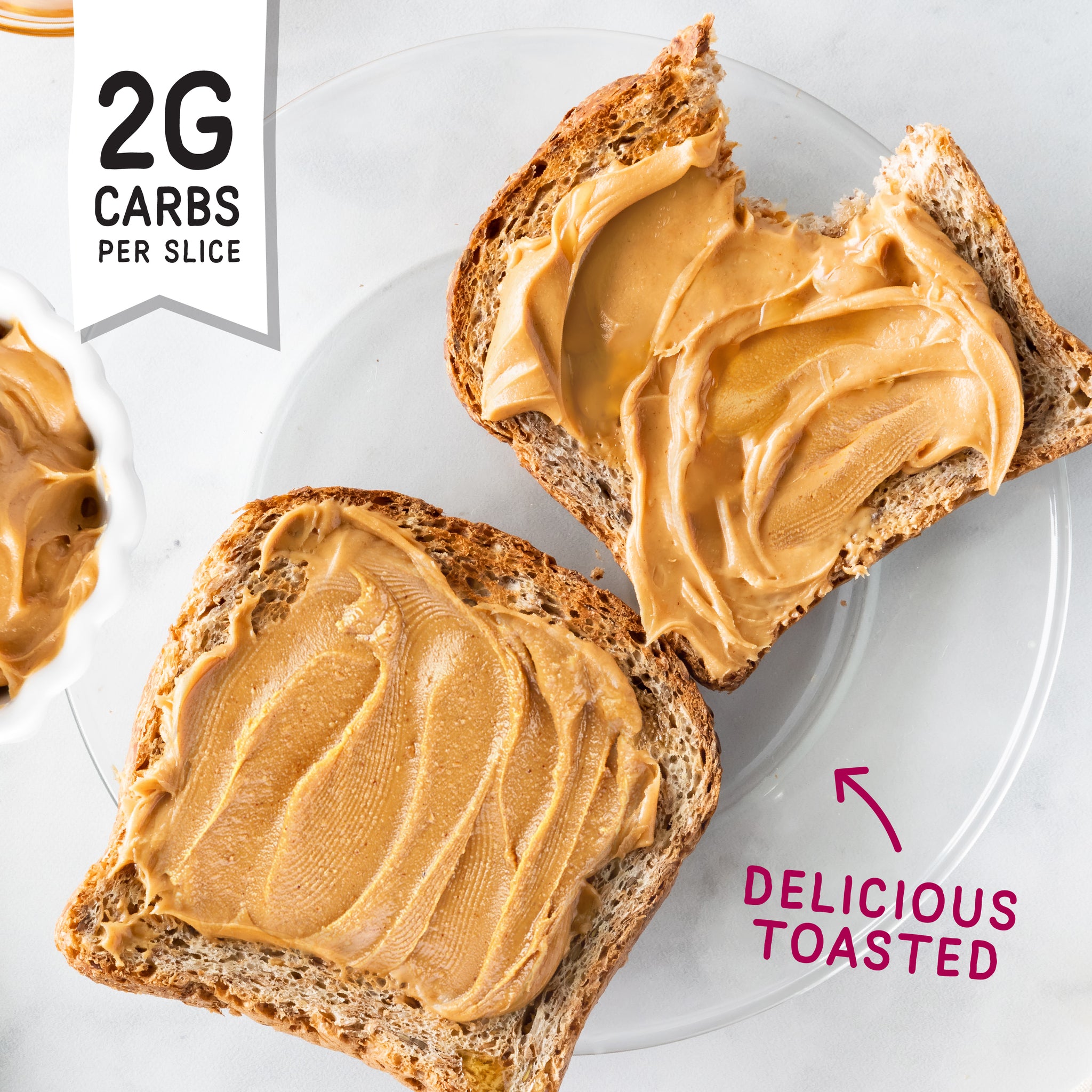The keto diet and bread have long been seen as incompatible. Bread is typically made of wheat flour that has been refined that is a significant source of carbohydrates. One bite of bread can disrupt ketosis by boosting blood sugar levels and forcing your body to burn glucose rather than fat. This caused many keto enthusiasts to stay clear of bread completely and often lacked the comfort and convenience it offers to meals. Today, however, innovation in baking has completely changed the story.

Image credit: fitbakes.co.uk
What is Ketogenic Diet Bread Exactly?
Ketogenic breads are not only low carb, but also developed with thought-out. To make a loaf of bread that is rich in nutrients but practically carb-free, bakers mix carb-heavy grains with flaxseed or almond meal. They blend these with eggs and other protein sources that are plant-based. One of the most distinctive features is the high protein content. Typically, it’s around 7 grams per slice, making it keto-friendly and also supportive of the repair of muscles and appetite control.
The seeds content is significant. Keto bread may contain as much as 17 percent seeds, including flax, sunflower, or chia. It provides fiber as well as an omega-3 fatty acid boost. These vitamins improve the health of your heart, digestion, and satiety. They also help keto-lovers to be fuller with less cravings. Contrary to conventional breads with low calories that frequently compromise on flavor, keto bread is focused on both health and flavor.
What’s the purpose of low carb bread in managing blood sugar?
Low-carb bread isn’t only a good choice for those who are trying to lose weight, it aids in maintaining metabolic health. It aids in stabilizing blood sugar by reducing spikes and crashes which can cause energy, hunger, and insulin resistance. For people with diabetes, this bread is not just practical, it’s transformative. It can provide the same satisfaction of eating bread as well as a safe glucose level, making it an unusual combination of comfort and control.
Low carb bread also fits perfectly in diets that are calorie-conscious. At just 63 calories per slice, it allows people to enjoy a hearty sandwich or morning toast without guilt. It’s an excellent option for people who are trying to shed weight. It will satisfy your cravings as well as keep calories and carbs in check.
Bread on Keto A Practical Solution Everyday
The phrase “bread on keto” is no longer an indication of compromise. It’s a chance. Breakfasts could include avocado toast with seeds on keto bread, which provides healthy fats, fiber as well as protein, all in one balanced food item. Work lunches can include cheese and turkey sandwiches, without exceeding the carb limit. Even comfort food items like low-carb loaves of garlic bread are great for dinner.
The flexibility of the ketogenic loaf is one its strengths. It’s more than a once-in-a-while treat, it’s an everyday staple that makes keto living sustainable. This allows you to include it into your everyday meals, removing the restriction which many people feel when they begin a diet.
Keto Bread: The Future of a Healthy Diet
Looking beyond keto the breads that are being developed are defining the future of health-conscious diets generally. Plant-based proteins, high fiber and omega-rich seed are ingredients that can benefit everyone, not only those cutting carbs. Keto bread appeals to those with diabetes, athletes, weight-conscious people and people who are just looking for a healthier alternative to white bread.
Keto bread isn’t an eating trend. It’s a real evolution in baking. It solves a practical problem about how to eat bread with no carbs and also provide longevity-based health benefits.
Conclusion
The keto diet is not something to fight. Because of technological advances ketogenic bread lets people to indulge in a slice of cake without it affecting your ketosis. Since low-carb bread is easily available and readily available, people can take advantage of toast, sandwiches and snacks without worrying about breaking their low carb goals. Bread made on keto is more than just an option. It is now the foundation of modern nutrition, connecting traditional food choices and healthy lifestyles.